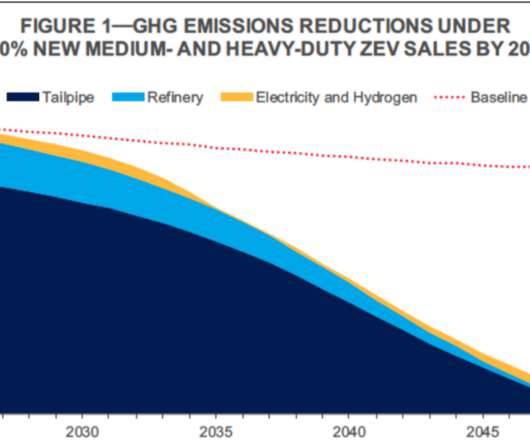GFEI report suggests $2T savings from fuel economy improvements in ICE vehicles through 2025 can help fund long-term transition to plug-ins
Green Car Congress
NOVEMBER 8, 2013
Increasingly efficient conventional combustion-engine vehicles will be key in moving towards a low carbon future, according to the GFEI. The global vehicle fleet is predicted to double by 2050 with 80% of that growth in the developing world. 4 of fuel economy-related savings.

















Let's personalize your content